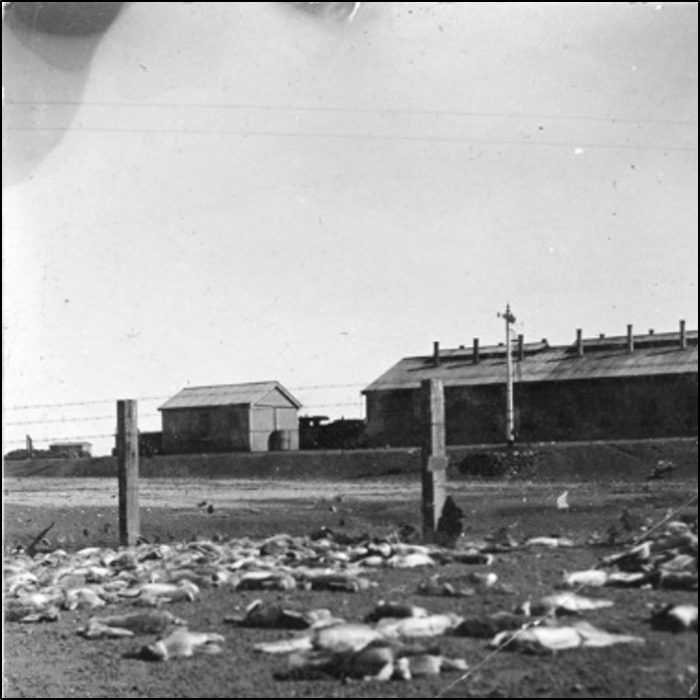CSIRO reconstructs impact of Australian Federation Drought, painting grim future for Australia’s biodiversity under climate change

BY RECONSTRUCTING the events of the Australian Federation Drought Period (1891-1903), a new study by the CSIRO has revealed the impact the continent-wide ‘megadrought’ had on biodiversity.
This is the first time scientists have been able to comprehensively reconstruct the impacts of an historical drought on flora and fauna using newspaper articles.
The researchers warn that given increases in the frequency and severity of ‘megadroughts’, which are predicted for the future, Australia’s biodiversity is gravely under threat.
The paper, published today in Proceedings of the National Academy of Sciences, used digitised newspaper articles sourced from Trove, an archival platform by the National Library of Australia, to reconstruct the ecological impacts of the Federation Drought across all states and territories.
More than 37,000 newspaper articles were read, of which 1500 referred to the drought and more than 400 provided information about local impacts on native animals or plants.

Mortality of rabbits due to lack of water and feed at Cockburn Railway, SA, 1892. (Image credit: National Library of Australia)
“The Federation Drought had the biggest documented impact on plants and animals across a continent yet studied,” says lead author of the paper Robert Godfree.
“In Australia, more than 60 bird, fish, mammal, reptile and plant genera were severely affected across 2.8 million square kilometres, or more than a third of Australia.
“Herbivores, grain-eating birds, fish and plants were most vulnerable, while predators that could feed on dead animals, and other groups like waterbirds who could travel long distances, were less impacted.”
According to the paper, the presence of agriculture in the country exacerbated the impacts of the drought, noting it increased the potential for “overgrazing-induced meltdown and permanent ecosystem change.”
Through understanding the potential pattern and magnitude of ecological change brought about by megadroughts, the scientists hope they can predict locations at immediate risk of biodiversity loss under climate change.




